Before George Jones applied his golden voice to some of the saddest songs in country music, there was Hank Williams. While the Hillbilly Shakespeare had plenty of uptempo numbers like “Move It on Over,” and “Honky Tonkin’,” his heartbreak ballads remain his best-known and most popular recordings. He poured his heart, soul, and all the pain he could muster into songs like “Cold, Cold Heart.”
Videos by American Songwriter
Those sad songs didn’t just gain popularity after Williams’ untimely death. They were hits and fan favorites while he was still alive. In fact, several of his most memorable tracks were B-sides to more upbeat singles. Among those songs that the label saw as filler or throwaway tracks were “Cold, Cold Heart,” “I’m So Lonesome I Could Cry,” and “I Can’t Help It (If I’m Still in Love with You).” All of those songs went to No. 1, outperforming the A-sides.
In the clip above, Williams reveals that “Cold, Cold Heart” was his most financially successful song. He explained, “I’ve got a song here that’s been awful kind to me and the boys. It’s bought us quite a few beans and biscuits. It’s the best song we’ve had, financially.”
Interestingly, the above video is pulled from Williams’ appearance on The Kate Smith Evening Hour. Recorded on April 23, 1952, the “I’m So Lonesome I Could Cry” singer joined several other members of the Grand Ole Opry on the popular variety show. It was his final television appearance.
How Hank Williams Struck It Rich with “Cold, Cold Heart”
Hank Williams wrote “Cold, Cold Heart” and MGM released it as the B-side to “Dear John” on February 2, 1951. The A-side was a top 10 hit while the B-side topped the country charts. This happened after it became a favorite among disc jockeys and fans dropping nickels and dimes into jukeboxes across the country. Having a hit like that was no doubt lucrative for Williams as the artist and songwriter.
Later that year, the song became even more lucrative for Williams. Pop star Tony Bennett released a cover of “Cold, Cold Heart” in July 1951. His rendition of the song went to No. 1 on the all-genre Billboard chart. This helped introduce Williams and country music to a much wider audience. At the same time, the success of his cover meant that more money was going to Williams as the songwriter.
Featured Image by Michael Ochs Archives/Getty Images


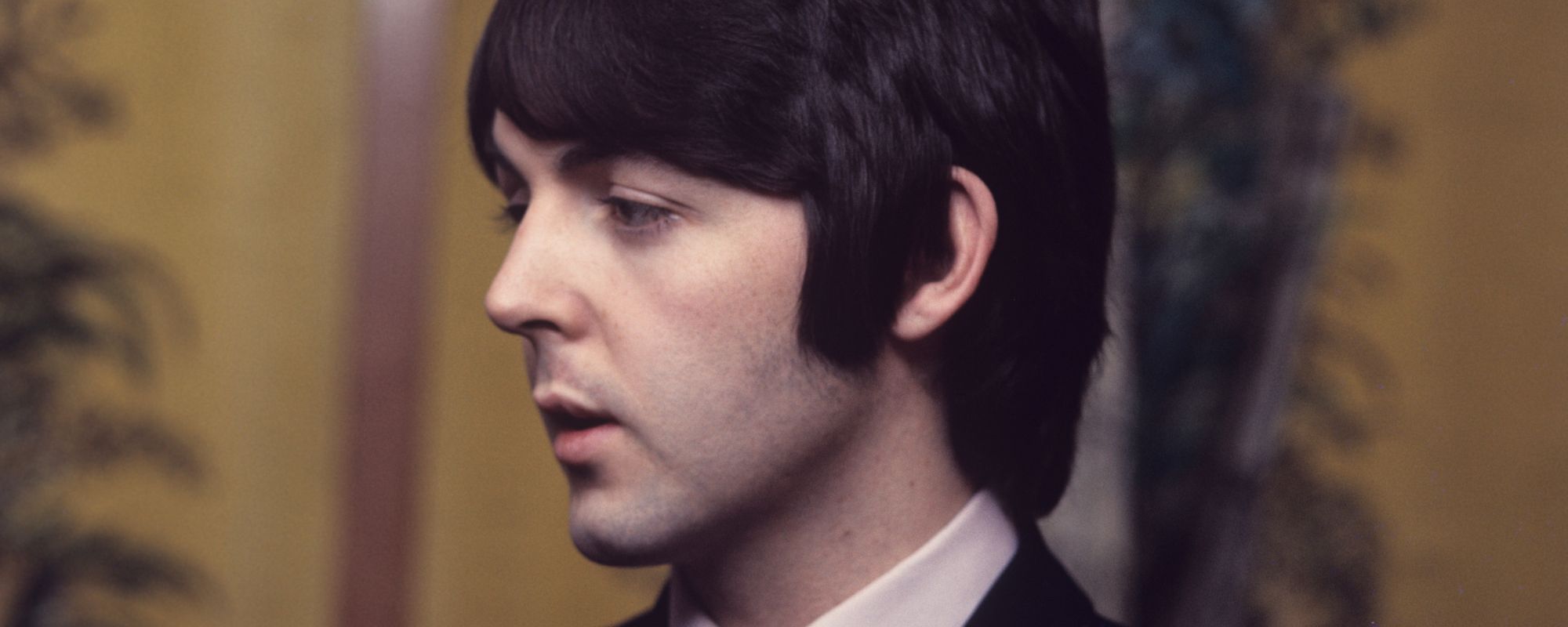

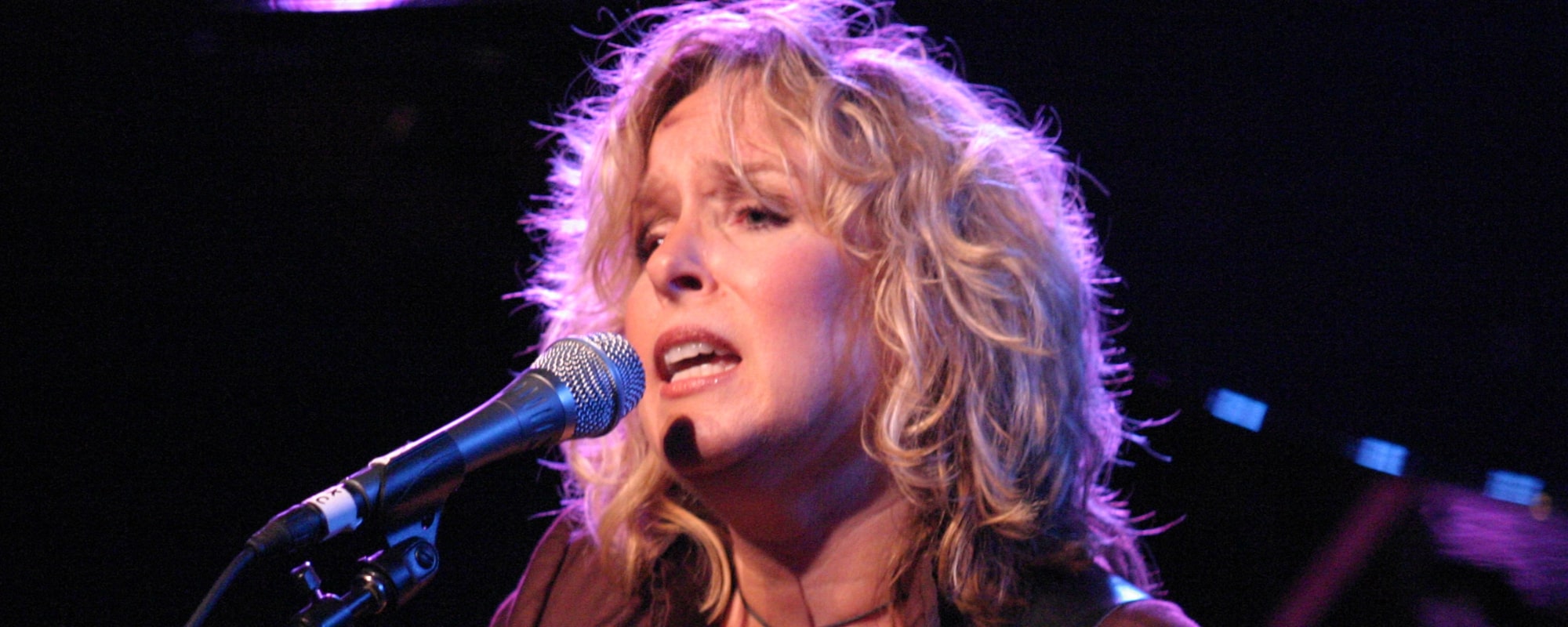
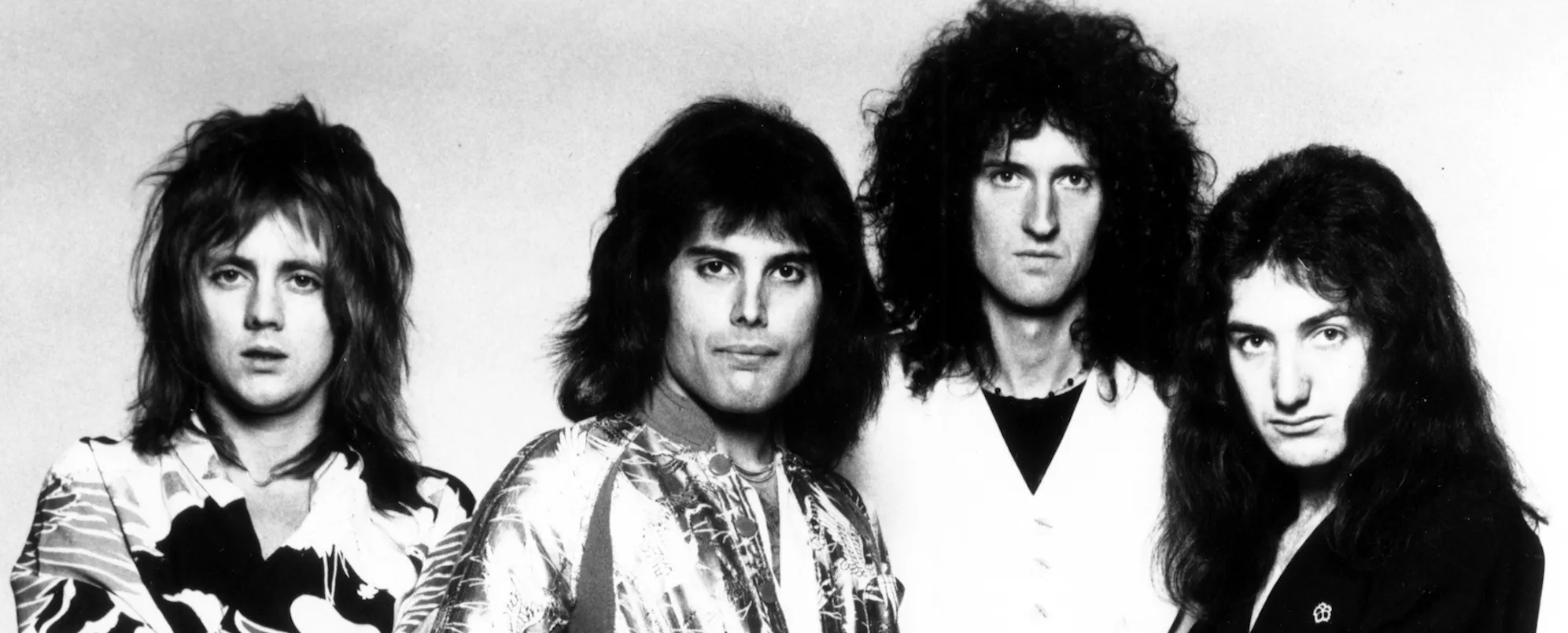
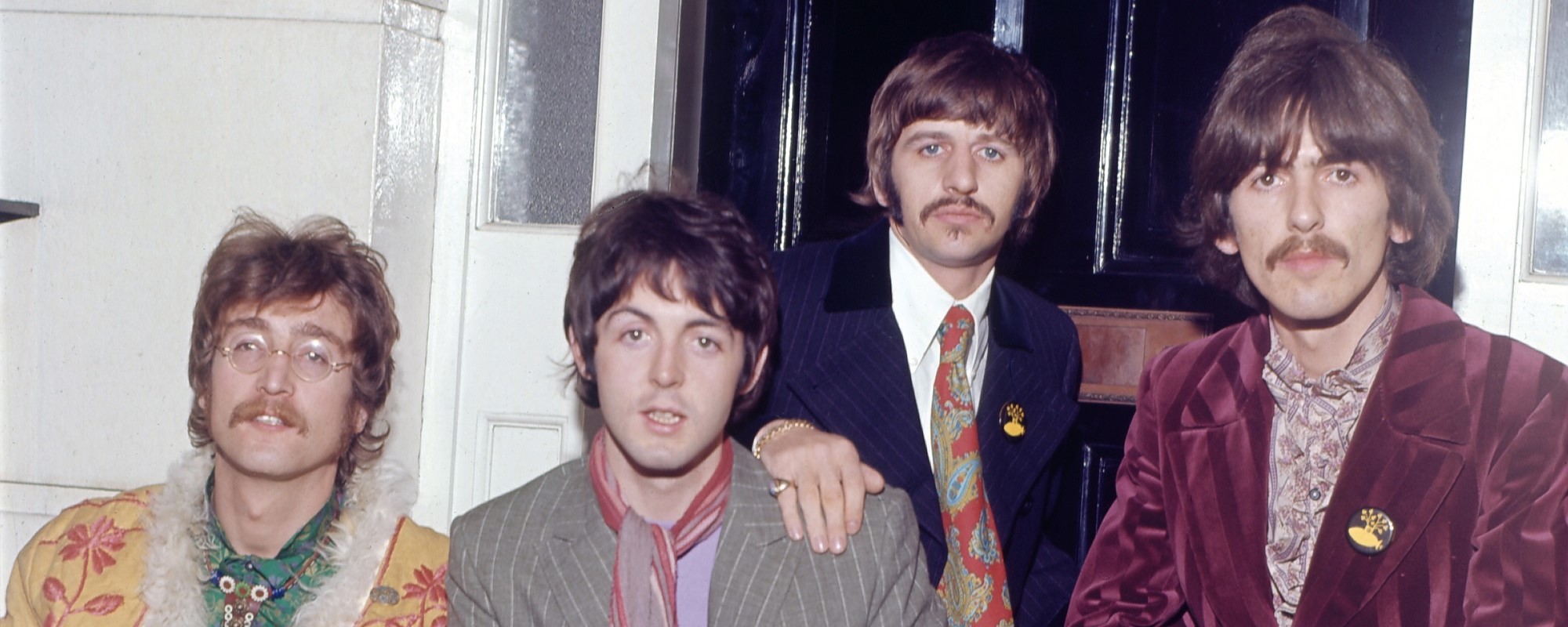
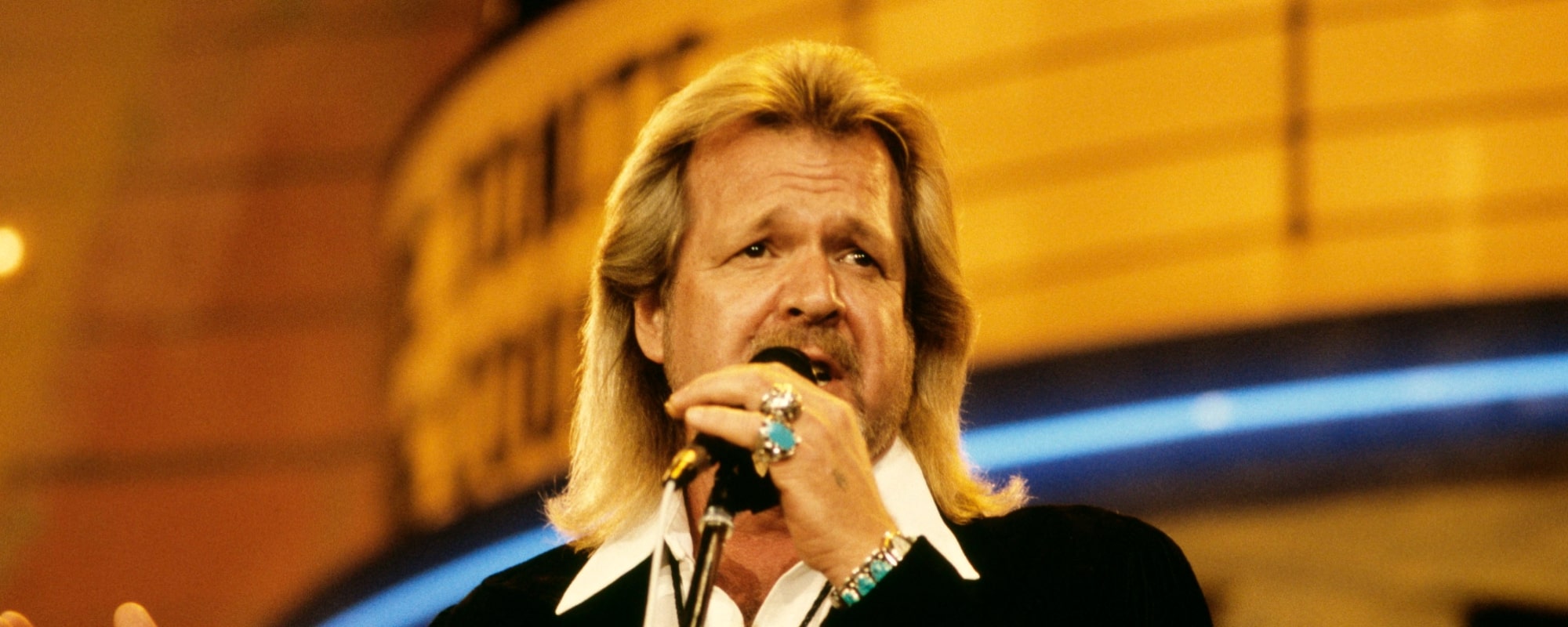
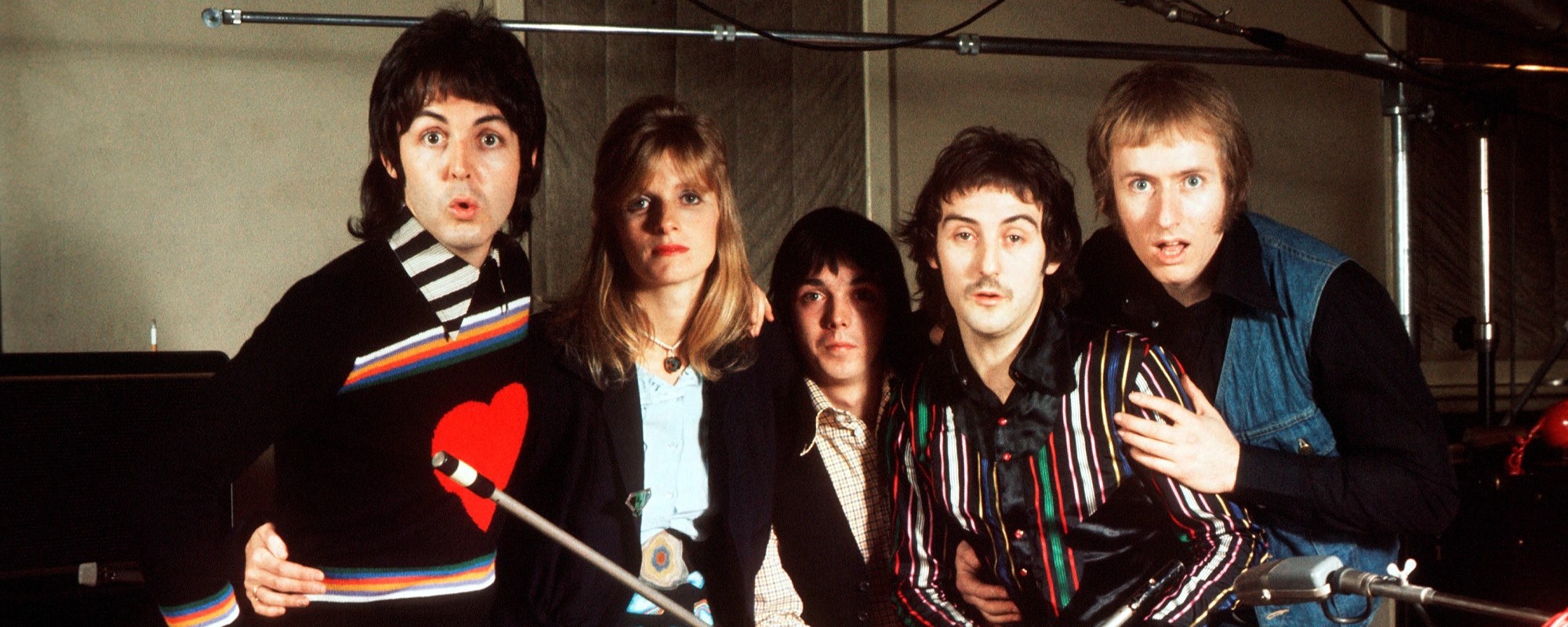
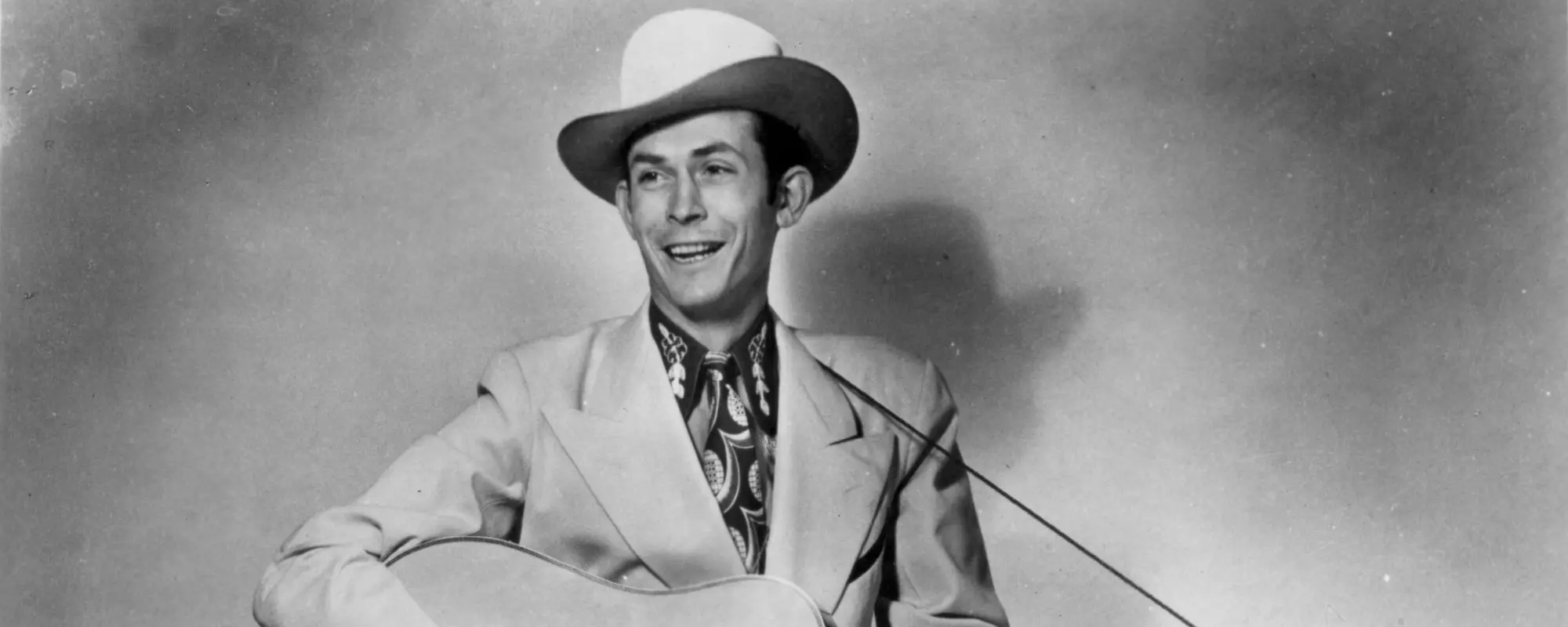
Leave a Reply
Only members can comment. Become a member. Already a member? Log in.